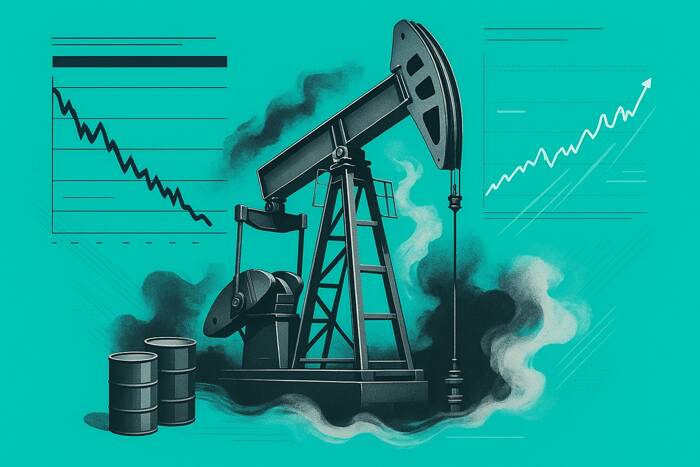Market Participants Question Pace of Any Change
Not all analysts are convinced a deal is imminent. UBS’s Giovanni Staunovo cautioned that Russia’s acceptance remains uncertain, a view echoed by nearly 20 traders surveyed by Bloomberg, most of whom said they do not expect rapid changes to Russian export flows. Even if a deal eventually firms up, many believe it would take time for barrels to reach global markets.
Inventory Build Deepens Supply Concerns
U.S. government data added further pressure. The latest EIA report showed a 2.774 million-barrel build in commercial crude inventories versus expectations for a 1.3 million-barrel draw. Stockpiles now stand at 426.9 million barrels, about 4% below the five-year average. Gasoline inventories also rose by 2.5 million barrels but remain 3% under the seasonal norm. The data reinforced the market’s sense of imbalance heading into year-end.
OPEC+ Holds Output Steady as Market Braces for Meeting
Supply expectations remain heavy. Eight OPEC+ members — including Saudi Arabia, Russia, Iraq, and the UAE — confirmed a December 2025 adjustment of 137,000 barrels per day while pausing increases through the first quarter of 2026. The alliance meets November 30, and traders are preparing for discussions centered on how to manage an increasingly burdensome supply profile.
Banks Warn of Prolonged Surplus
Major banks continue to lean bearish. Goldman Sachs projects a large surplus of roughly 2 million barrels per day through 2026 and expects Brent to average $56 and WTI $52 that year. Deutsche Bank sees no clear path back to deficits, while JP Morgan warns Brent could fall into the $30s by 2027 if supply growth persists.
What’s Supporting Prices?
Expectations for a Federal Reserve rate cut in December and newly effective U.S. sanctions on Russia’s largest oil firms have offered modest support, with refiners in India and China reducing Russian purchases. But optimism surrounding potential peace talks has overshadowed sanctions-related tightening.
Oil Prices Projections: Bearish Short-Term Outlook
Given the prospect of additional Russian supply, ongoing growth from the U.S., Brazil, and Guyana, and OPEC+ preparing to unwind cuts, the short-term outlook remains bearish. Trade will stay thin through the holiday, leaving the November 30 OPEC+ meeting as the next major catalyst.

